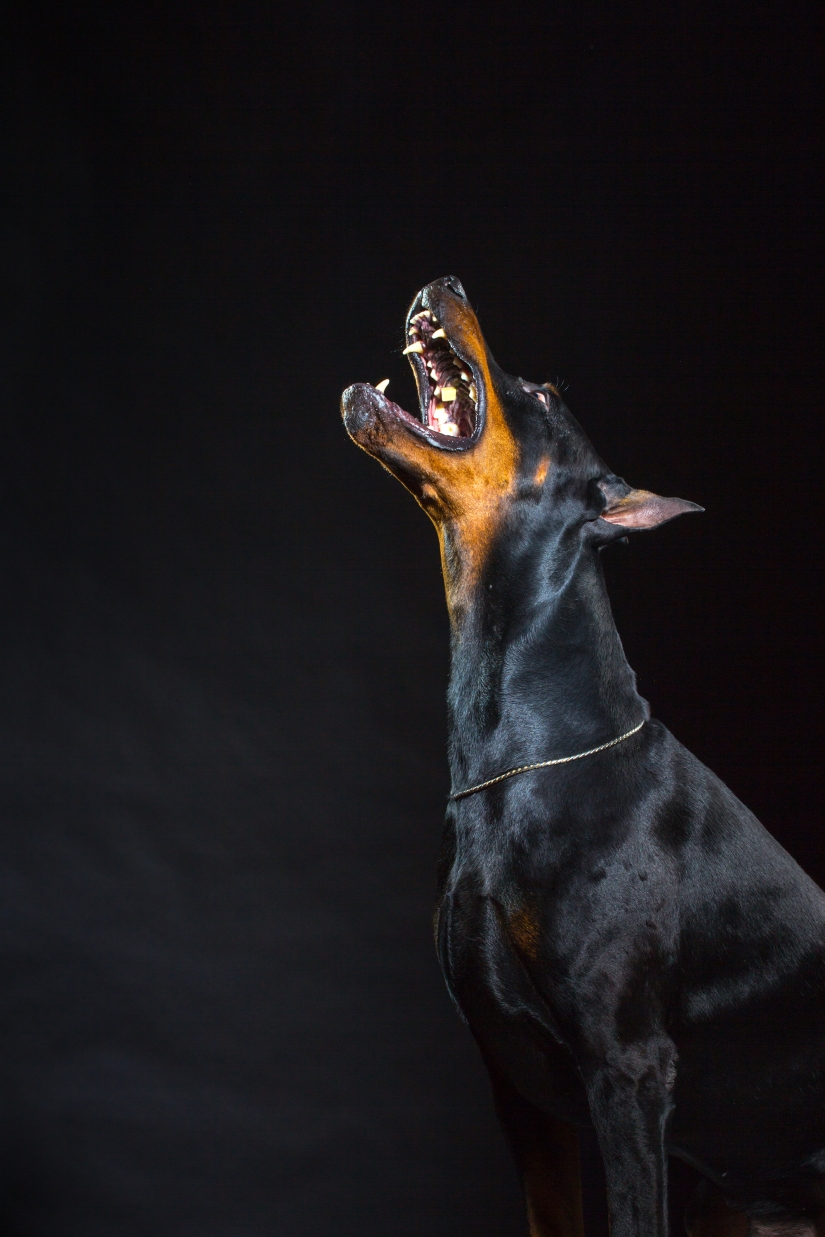Hi pet lovers!
This is my new album! I hope you and your four-legged companion can appreciate it!

| Listen to the music: | You can download the album from iTunes store: and Amazon store as well:  |
Hi again!
Since we’ve started to talk about behavior problem in the last post, I’d like to continue the topic and talk about separation anxiety. This is a major behavioral problem which touches many dog owners.

“If your dog has a mild case of separation anxiety, counterconditioning might reduce or resolve the problem. Counterconditioning is a treatment process that changes an animal’s fearful, anxious or aggressive reaction to a pleasant, relaxed one instead. It’s done by associating the sight or presence of a feared or disliked person, animal, place, object or situation with something really good, something the dog loves. Over time, the dog learns that whatever he fears actually predicts good things for him. For dogs with separation anxiety, counterconditioning focuses on developing an association between being alone and good things, like delicious food. To develop this kind of association, every time you leave the house, you can offer your dog a puzzle toy stuffed with food that will take him at least 20 to 30 minutes to finish.” – ASPCA
If your dog has a severe case of separation anxiety, it requires a more complex desensitization and counterconditioning program. I would recommend trying the counterconditioning program with the help of a specialist. We often do not understand all the signals that our pet is sending and may need someone, who can help us meet their needs. I would also try the “Crate Method” which requires you to teach your dog that the crate is it’s “safe place”. Crate training does not suit all dogs. You should definitely monitor your pup while being at home and be sure that it doesn’t show any signs of stress while being in the crate. Exercise and aerobics are also great for helping your pet relax. Be sure to take him for an intense walk, run or swim before leaving him alone. Your dog will come back tired and probably want to rest for a while. Play some relaxing music for pets and allow your beloved friend to relax and calm down after a physical effort. You can also read through the ASPCA article linked above for more tips given to you by professionals.

Hello,
Many dog owners experience behavior problems based on aggression. Although many people think that these unexpected attacks aren’t based on the current situation, there are many occasions that cause unwanted behaviors.

Let’s learn about aggression.
1. What is it and what is it caused by?
Aggressive behaviors occur in various situations. Dogs are usually protecting their territory, defending their offspring or protecting themselves. Aggression is based on a wide range of behaviors which usually begin with a warning and can cumulate into an attack.
2. Do dogs warn us before attacking?
Many of our pets warn us before attacking. Here is the course of the attack beginning with warnings and ending with painful wounds.
WARNINGS
– becoming very still and stressed
– lunging forward or charging at the target
– losing contact with the owner
– growling
– showing teeth
– snarling
– snaps
ATTACKS
– quick and harmless nips
– quick bites that leave a mark
– bites with pressure that may cause bruising and punctured wounds
– repeated and rapid bites
Once we noticed that our pet is showing any signs of attack, we should try to calm him down and eliminate the situation that caused unwanted behavior.
3. Classifying aggressive behavior
Answer a few questions which will allow you to understand what really happened.
– When and where did the attack occur?
– What else was going on at the time?
– What had happened and who/what created a stressful situation?
– What seemed to stop the unwanted behavior?
An accurate diagnosis will help you to classify your dogs behaviors into the following categories.
Territorial Aggression
Some dogs will attack and bite an intruder, whether the intruder is friend or foe.
Protective Aggression
Dogs may show aggressive behavior when they think that one of their family members or friends is in peril.
Possessive Aggression
Many dogs show the tendency to guard their possessions from others, whether they need to or not.
Fear Aggression
A fearful dog may become aggressive if cornered or trapped.
Defensive Aggression
Motivated by fear, defensively aggressive dogs decide that the best defense is a good offense.
Social Aggression
A dog who perceives herself as high in status may show aggression toward family members.
Frustration-Elicited Aggression
A dog whos excited or aroused by something but is held back from approaching it can become aggressive.
Redirected Aggression
Redirected aggression occurs when a dog is aroused by or displays aggression toward a person or animal, and someone else interferes.
Pain-Elicited Aggression
An otherwise gentle, friendly dog can behave aggressively when in pain.Expand to read more
Sex-Related Aggression
Intact male dogs will still vie for the attention of females in heat, and females will still compete for access to a male.
Predatory Aggression
Some pet dogs show classic canine predatory behaviors, including chasing and grabbing fast-moving things.
4. Can aggression be cured?
I came across and article from the ASPCA which inspired me to write this post and they’ve nailed the answer to this question.
“Pet parents of aggressive dogs often ask whether they can ever be sure that their dog is cured. Taking into account the behavior modification techniques that affect aggression, our current understanding is that the incidence and frequency of some types of aggression can be reduced and sometimes eliminated. However, theres no guarantee that an aggressive dog can be completely cured. In many cases, the only solution is to manage the problem by limiting a dogs exposure to the situations, people or things that trigger her aggression. Theres always risk when dealing with an aggressive dog. Pet parents are responsible for their dogs behavior and must take precautions to ensure that no ones harmed. Even if a dog has been well behaved for years, its not possible to predict when all the necessary circumstances might come together to create the perfect storm that triggers her aggression. Dogs who have a history of resorting to aggression as a way of dealing with stressful situations can fall back on that strategy. Pet parents of aggressive dogs should be prudent and always assume that their dog is NOT cured so that they never let down their guard.”
I also highly recommend to work with a behavior specialist, or trainer who can help decrease unwanted behavior and possibly “cure” your dog. Just like the quote written above says, you can never let your guard down even if there are no signs of aggression for years. You never know when someone/something triggers your pet.
I really hope that this post helped you understand you pet more! The next post will include tips on training your dogs and help them to live happy lives!
Hi there,
I’ve decided to get back into writing on this blog! Many of your pets suffer with anxiety problems, stress and fear so I thought it would be a good idea to share my tips on dealing with that! I would like to show you what music does to animals and how it helps to solve behavioral problems. There will be many posts coming soon but for now take a look at this youtube video including my music! Just click on the photo below!
See you soon friends!